Made in Yugoslavia offers a carefully curated selection of vintage treasures and redesigned vintage lamps from the former Yugoslavia for design and nostalgia lovers. We invite you to join us once again in the latest episode of our DIVE series. Dive in!
In our bi-weekly DIVE series, we descend into the murky waters of Instagram and bring you some of the accounts worth following.
Špela, the founder of Made in Yugoslavia, originally studied art history and later worked in advertising agencies and marketing. She only started collecting vintage items when she moved into her first apartment. “Because the apartment was empty and I was on a tight budget, I decided to decorate it in vintage style. Since I live in Ljubljana, Slovenia, a former Yugoslav republic, most of the items I collected were made in Yugoslavia,” she says of the beginnings.

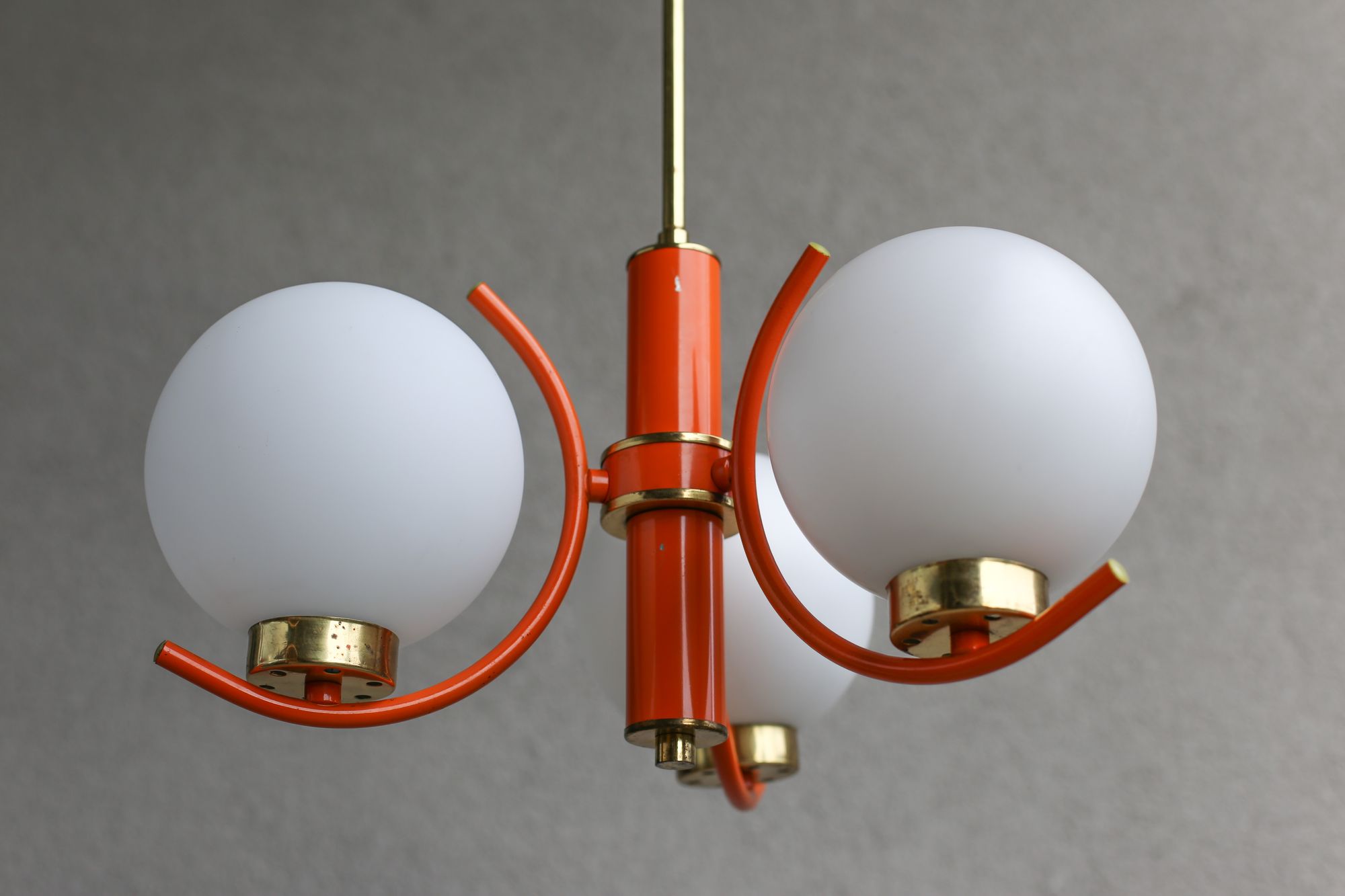
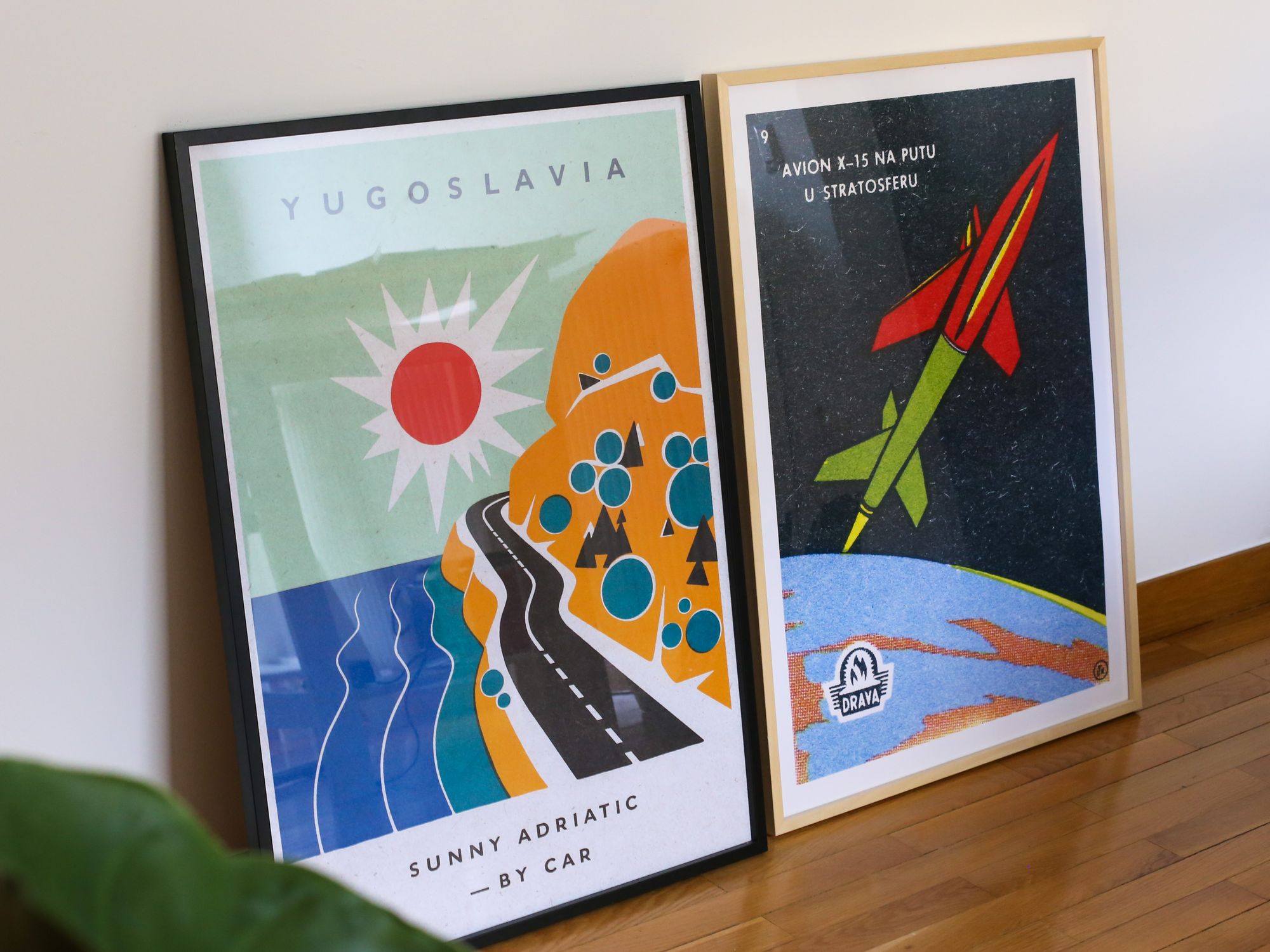
Although Špela was born and raised in the former Yugoslavia, the dissolution of the republic happened very early in her life, so she has little memory of her day-to-day experiences, but she does remember some of the everyday objects. As she pointed out, her nostalgia is not so much for Yugoslavia as a socialist country, but rather for the industrial and graphic design of the time that arouses her curiosity.
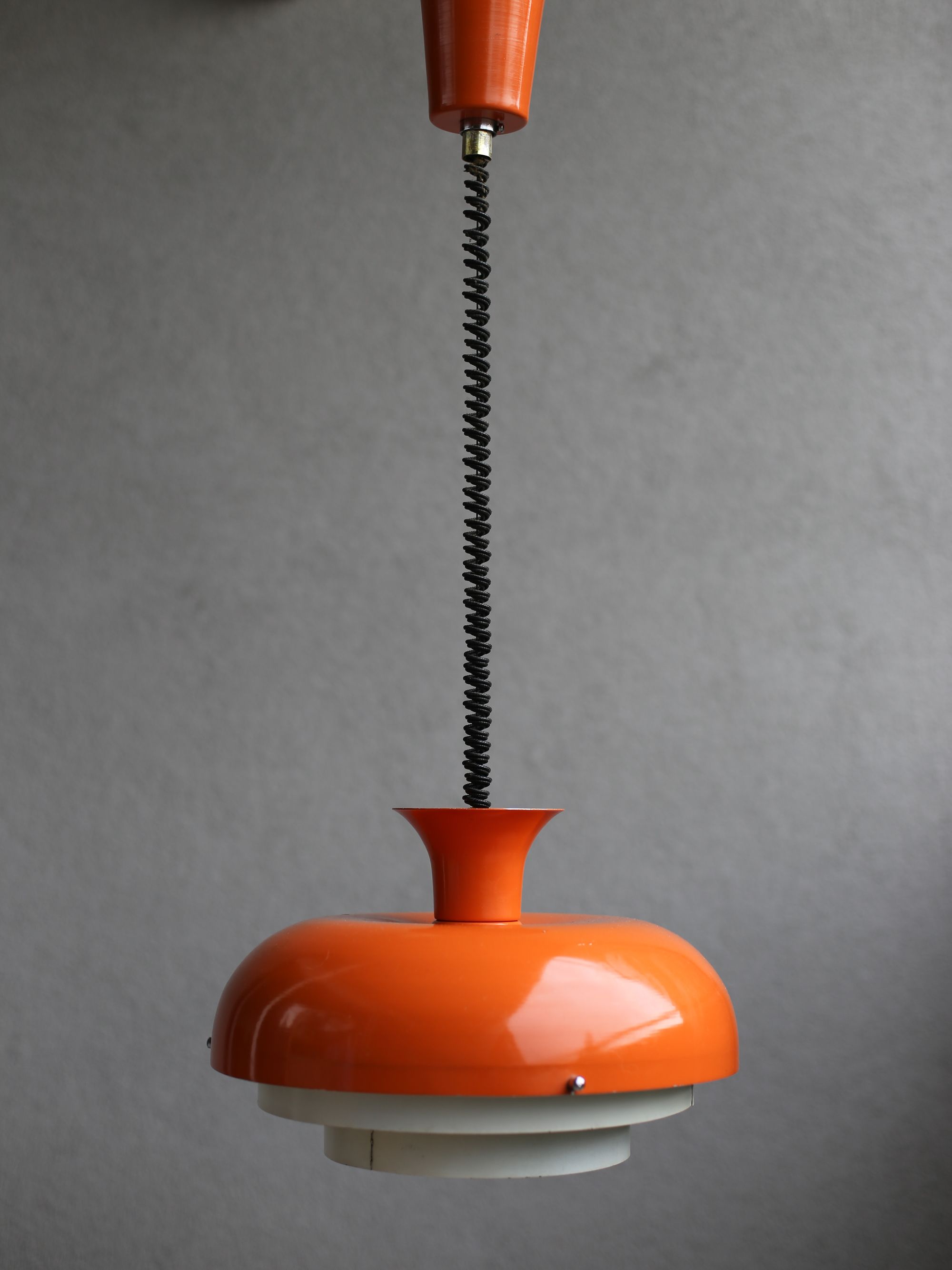
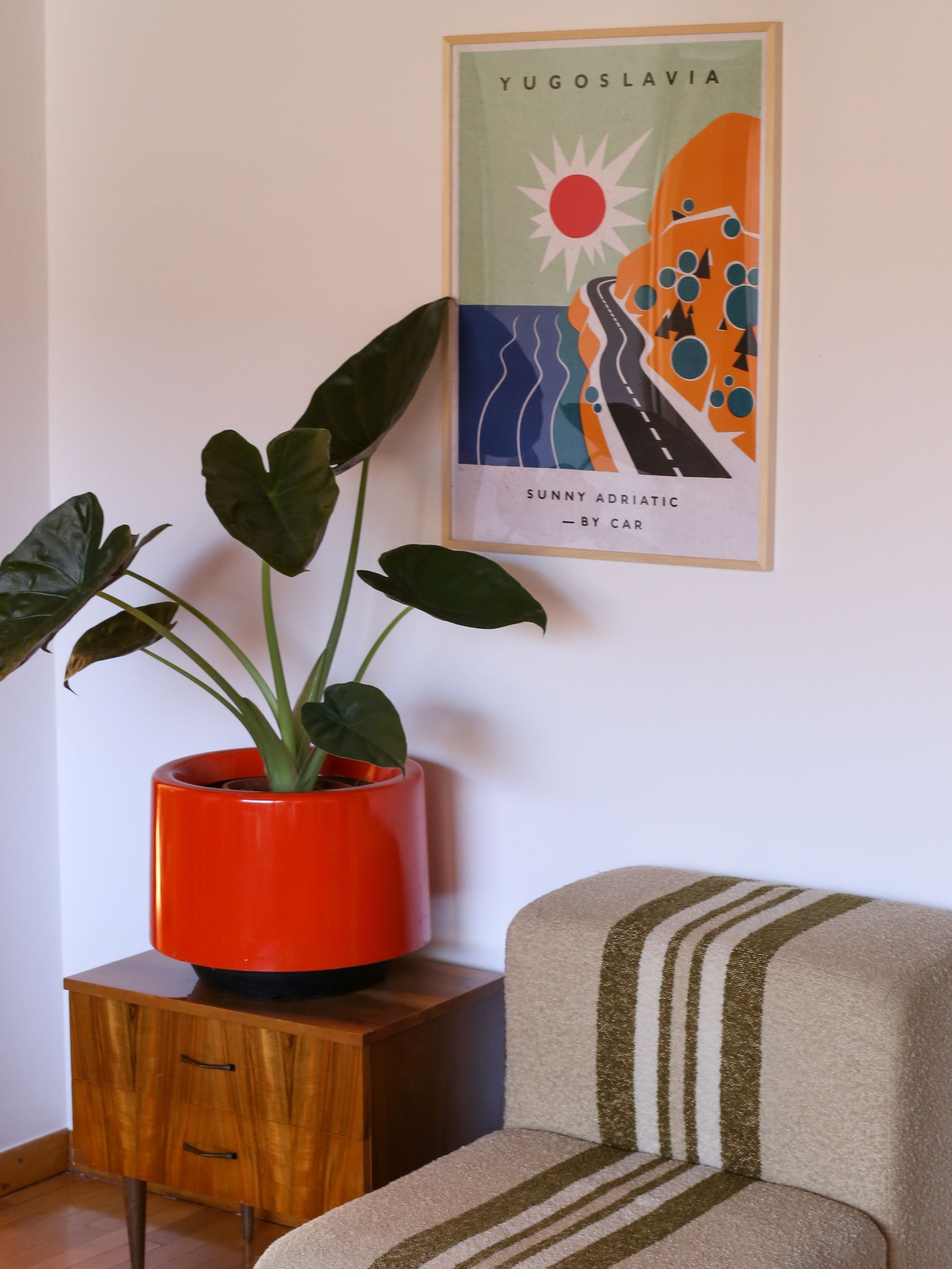

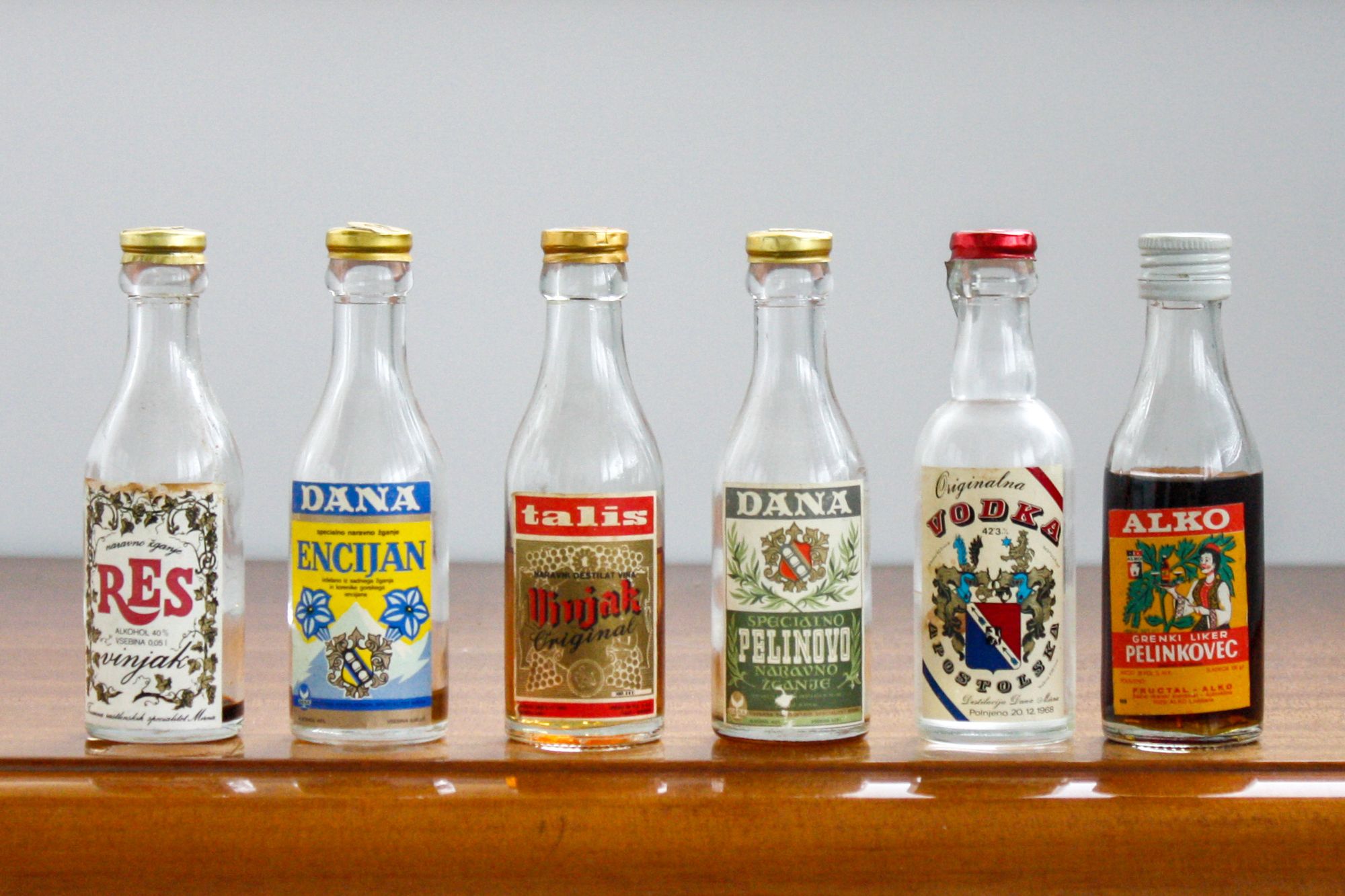
“As an art historian, I have always been interested in art, architecture, and design, especially in the retro design of the 50s to 80s. Because of my interest in Yugo design, I created an Instagram profile @made.in.yugoslavia, a compilation of all of the items used in my childhood. Nowadays, I see them in a very different light,” Špela explains. It is essential for her that the public finally recognizes the merit of Yugoslav design which has been ignored for a long time in the history of design and graphics, taking its rightful place in the world design map.
“For example, electronic equipment manufacturer Iskra was at the forefront of industrial design by designing and manufacturing the world-renowned telephone ATA 85 by Davorin Savnik. It received several design awards in the '80s, including Hanover, Stuttgart, and Tokyo awards, and is now part of MoMA's permanent collection,” she says.

We asked Špela to choose three of her favorite objects that are particularly dear to her:
The mint green Iskra ATA 11 telephone made in the 50s in Yugoslavia was the first one I posted on Instagram and the first item sold. For that reason, it holds a special place in my heart,” she said of the phone pictured below.
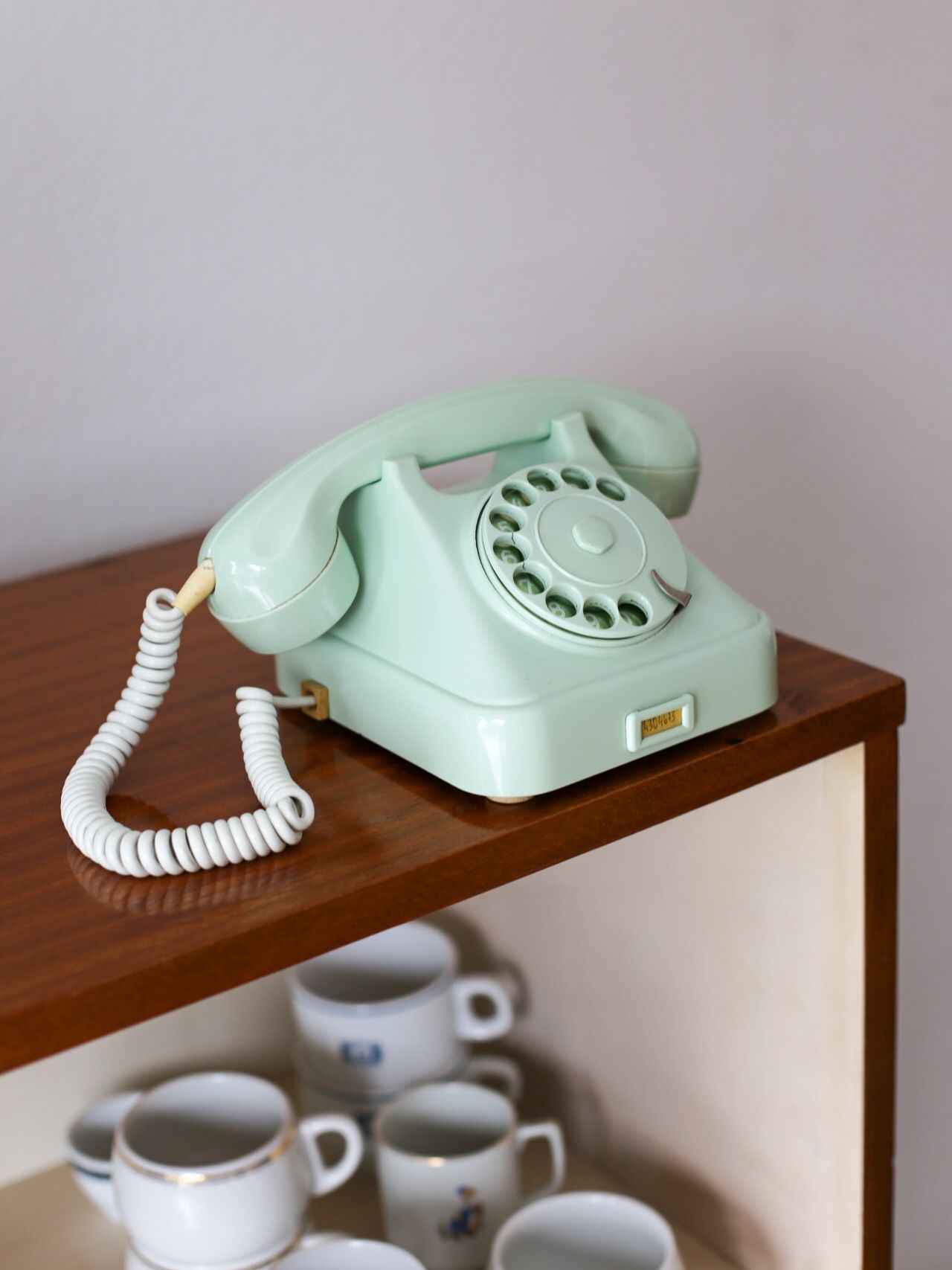
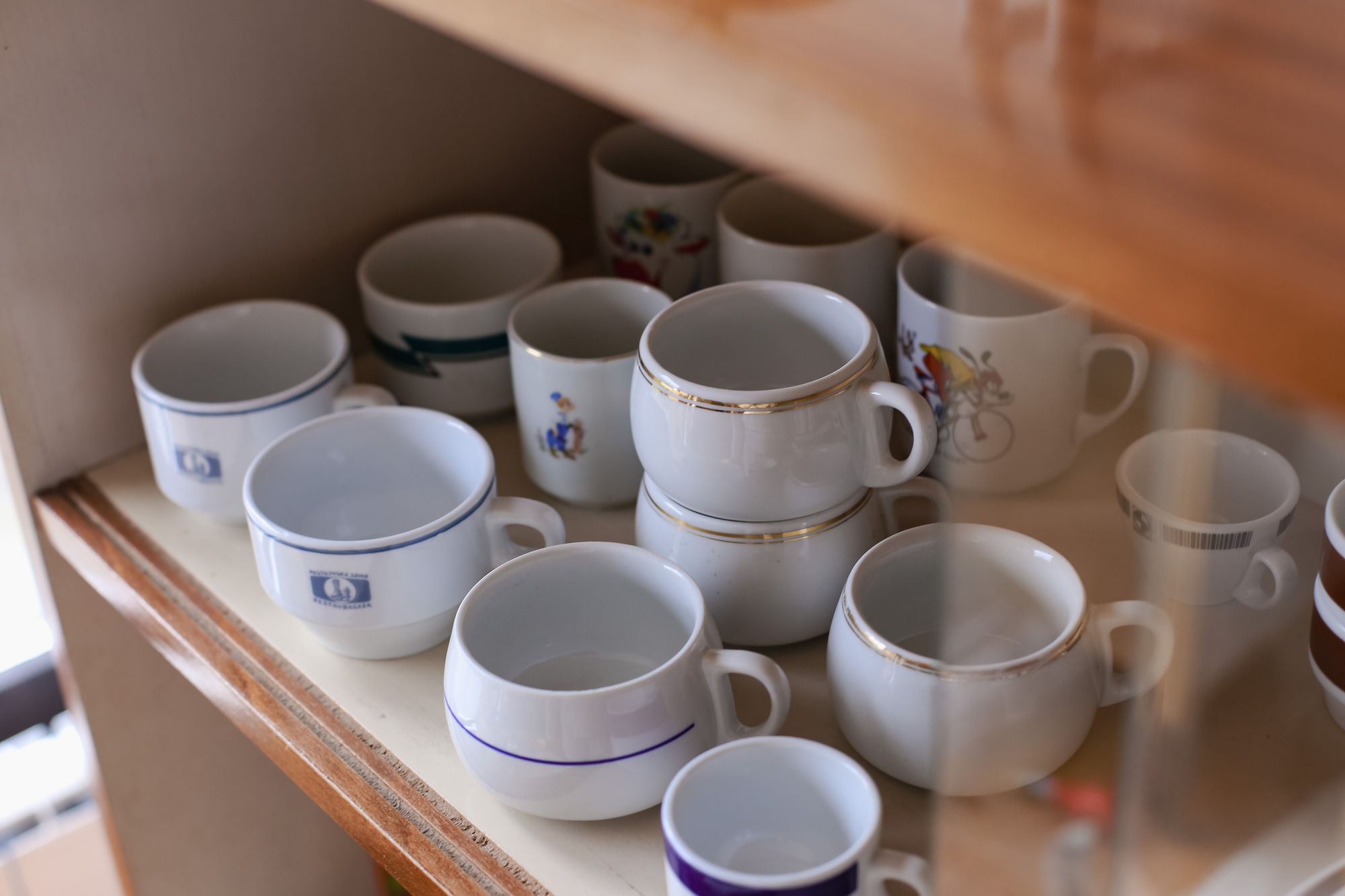
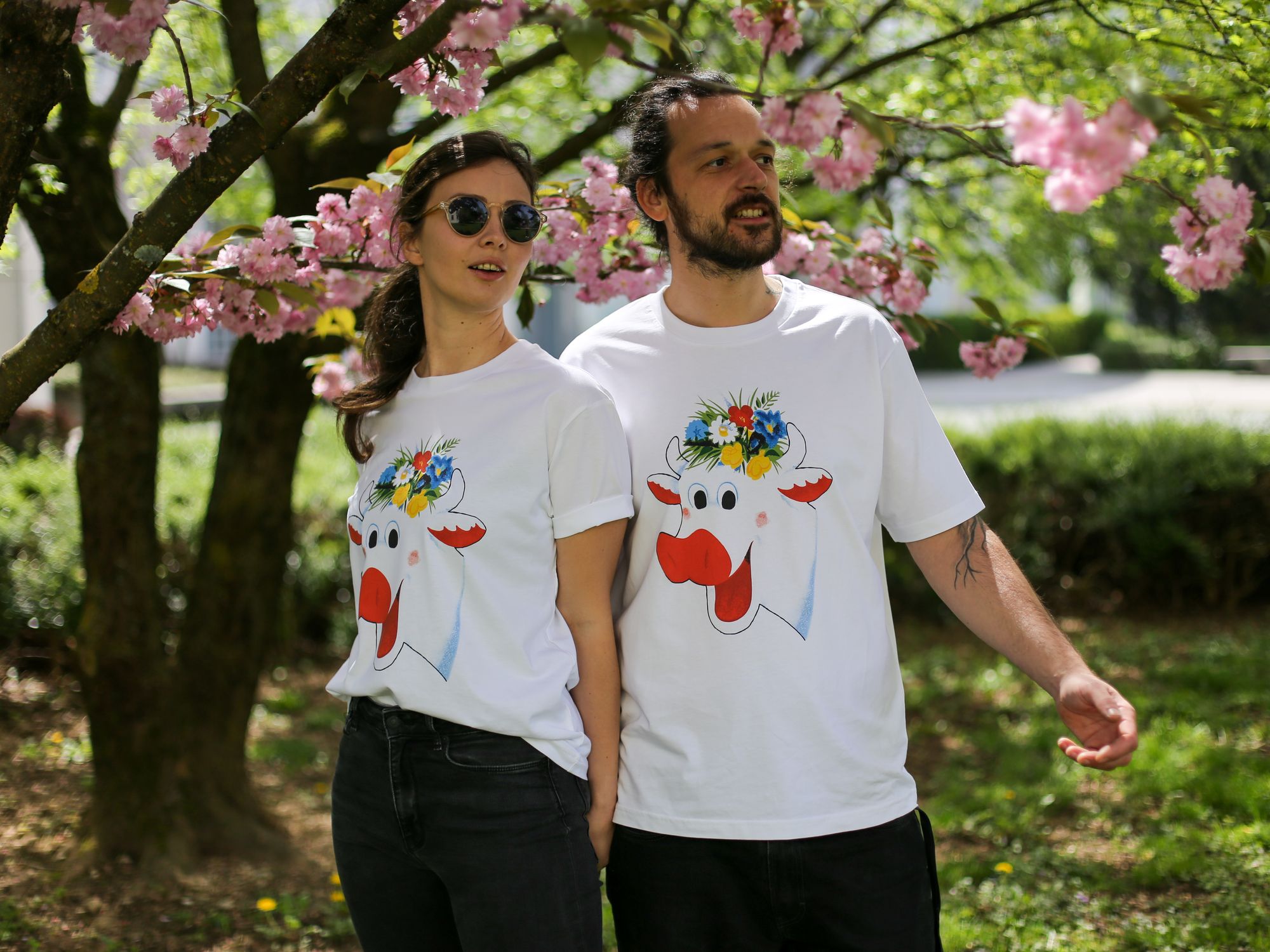
“I am fascinated by old Jugokeramika cups from which our parents used to drink coffee in bars and hotels in Yugoslavia. Still, they probably didn't consider them anything special. However, I find their design exceptional, and the coffee I drink from them tastes exquisite,” Špela explained why she chose these cups.
“I recently launched a collection of T-shirts and bags inspired by a motif on a mug from my childhood. Everybody who was a kid growing up in Yugoslavia remembers the »little cow, « and most of them still own the Kravica (little cow) mug,” she explained.
“I'm always on a hunt for a great design. Anything that catches my eye really,” she says. Špela recommends the site to anyone who appreciates good design, especially to those who were born and lived in Yugoslavia.
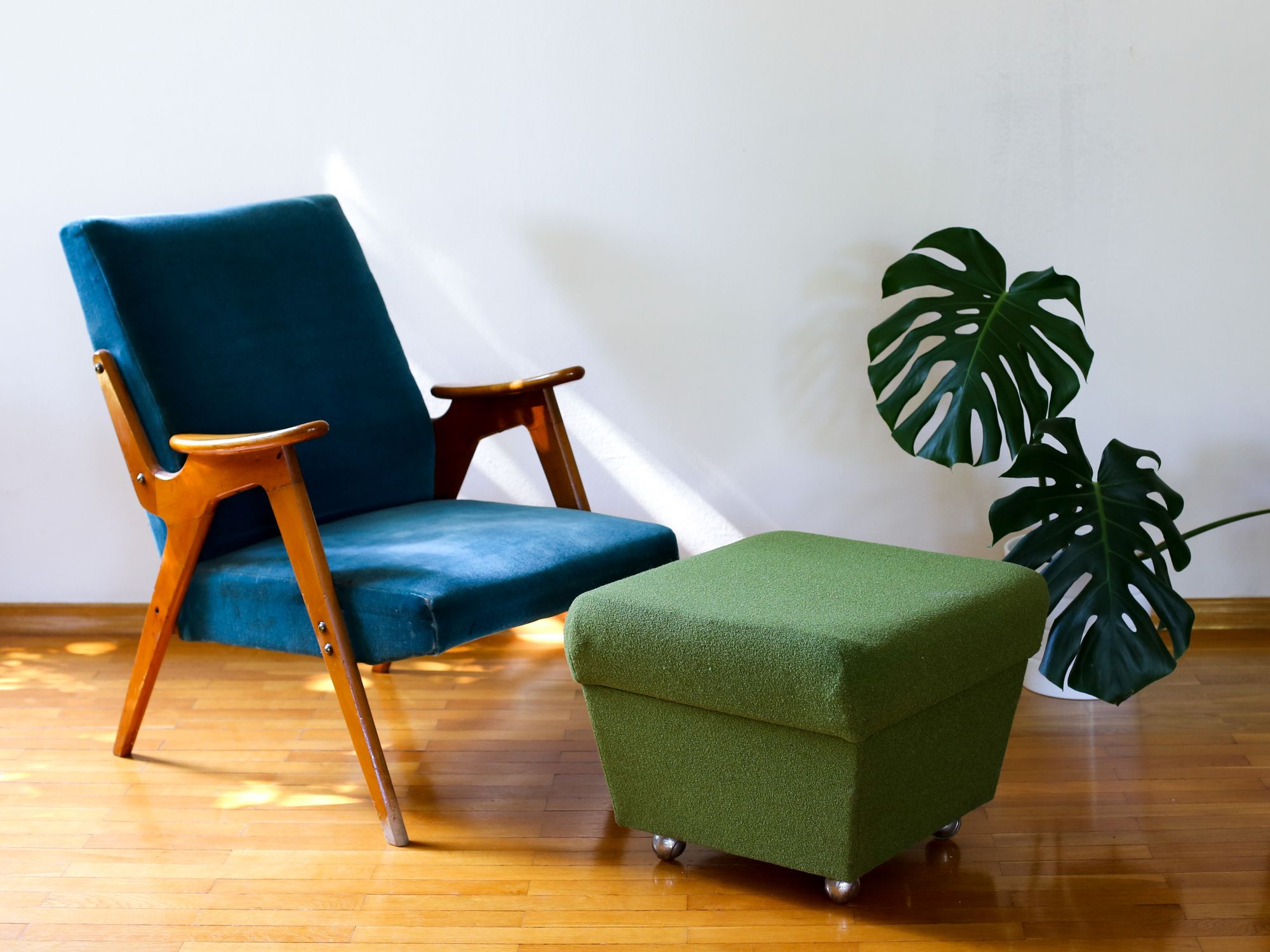
In two weeks, we’ll be back with the background story of another Instagram page. Until then, dive into the previous episode of our DIVE series, which gives you a glimpse into Atelier Vime’s Provence interiors.
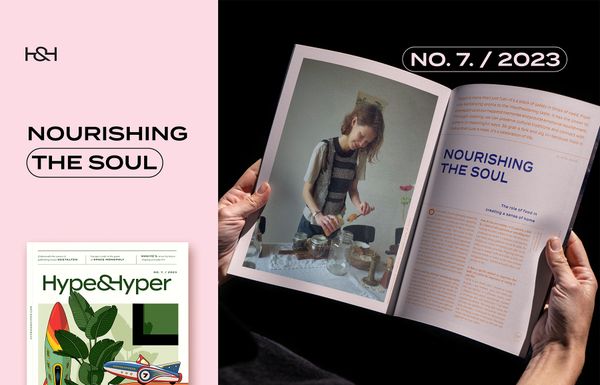
Nourishing the soul | The role of food in creating a sense of home

It’s simple, we just overcomplicate it | Father and son










